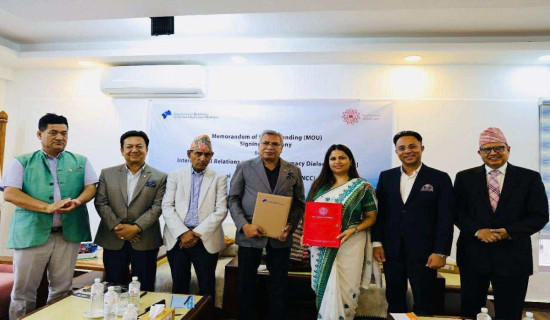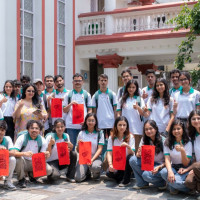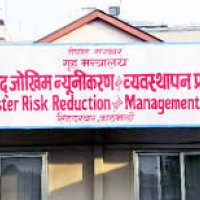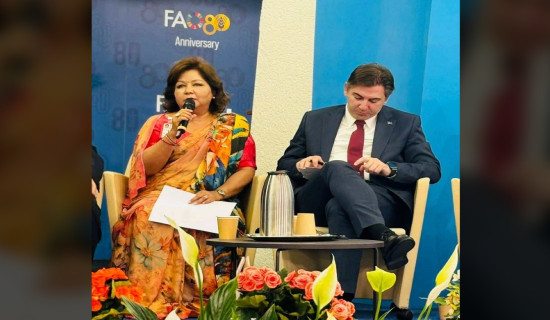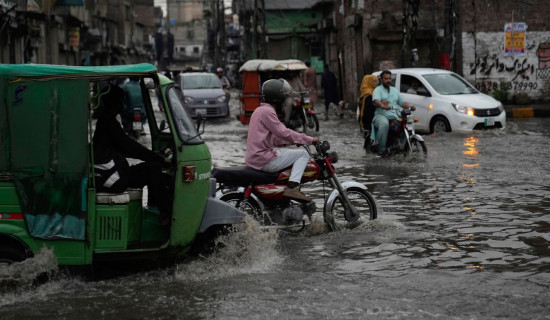- Wednesday, 2 July 2025
Indigenous Indian women use 'dream maps' to protect lands from climate change
Koraput, India, May 16: At a small stream in India's eastern state of Odisha, Indigenous villagers catch eels and fish for a dinner celebrating an annual harvest festival. The bounty of communal farming, foraging and fishing marks the start of a new season.
But the fish and other resources have been dwindling.
"Nowadays, the rains come late, affecting our farming, leading to a decrease in production," said Sunita Muduli, a Paraja tribeswoman from Putpondi village. She stood on freshly tilled fields that would be sown again with millet before the increasingly unpredictable monsoon rains.
The Indigenous Adivasis have lived in these villages for millennia. They continue traditional practices of farming millet and rice and foraging leaves and fruit from the forest to make plates, the local brew and more.
With those practices under pressure from a changing climate, they are making their most significant effort yet to speak up for their community's needs, advocating for Indian authorities to protect and restore their lands as the nation of more than 1.4 billion people tries to adapt to a warming world.
Women are leading the way. Muduli and others from 10 villages, with help from a local nongovernmental organization, have surveyed and mapped out resources that are dwindling and what needs restoring.
Comparing state government data from the 1960s with their results, they found that common areas in many of their villages had shrunk by up to 25%.
The women have created what are known as dream maps, showing their villages in their ideal states. The most prominent of their bright colors is green.
Muduli and others plan to submit their maps and surveys to local government officials, the first step in requesting village development funds to preserve or restore their common areas. The women estimate that $2 million might be needed — an ambitious ask when India's poorer regions often struggle to secure and implement government projects.
Still, the women believe they have a 50-50 chance of success. "We want to make sure these resources are available for our children," Muduli said.
This is the first time that many of the women are formally leading an outward-facing community effort. They say it's giving them more confidence in speaking up about community needs.
"Our forest contains an abundance of diverse resources. Unfortunately, rainfall has reduced, temperatures have risen and our forest cover has dwindled. However, once we acquire the rights we deserve, our priority will be to revitalize and flourish our forest," said Saita Dhangada Majhi of Pangan Pani village.
They seek rights over their common lands that will require outsiders, including authorities, to seek villagers' permission to make any changes to them. India is among the world's most vulnerable countries to climate impacts. According to the 2025 Climate Risk Index, the country between 1993 and 2022 was subject to 400 extreme events — including floods, heat waves and cyclones — causing 80,000 deaths and economic losses nearing $180 billion.(AP)



